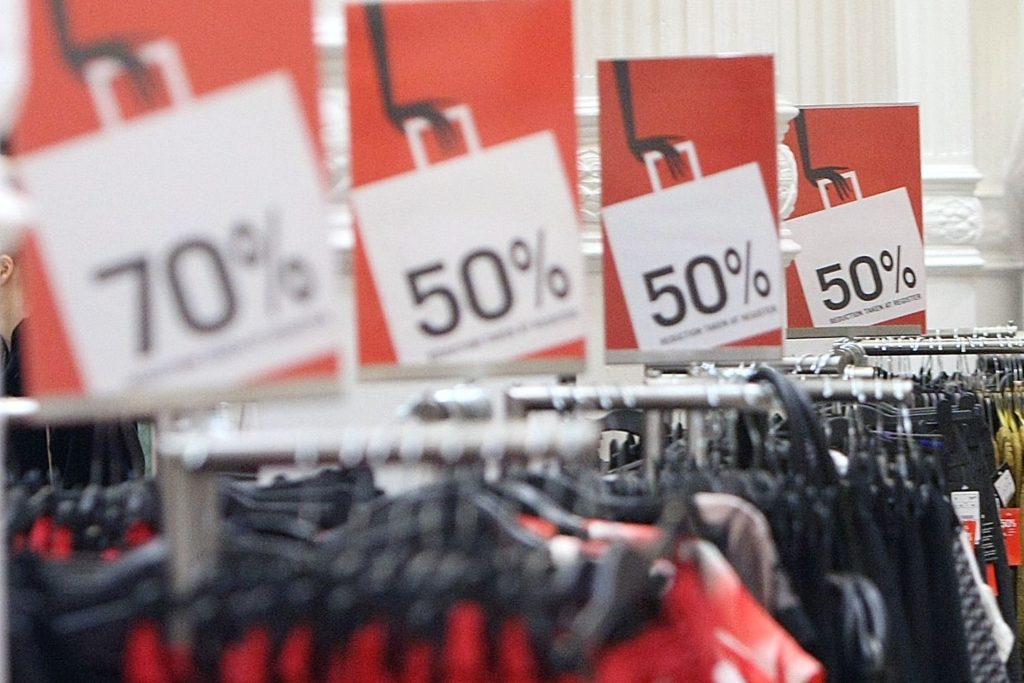
The Fashion industry is responsible for much more than just the way we look or the way we (are made to) feel about ourselves. With an enormous and still expanding market, there are several things it siphons off every second from the society apart from the last few rupee notes in your pocket – labour, natural resources and space in landfills. However, the blame for any of these problems should not fall on the Fashion Industry as a whole, but on the glaring trends of Fast Fashion
The concept of Fast Fashion pushes for high levels of production and cheap prices of clothing. These high levels are used to cater to fashion business models that revolve around creating more than forty trends-to-follow annually, which are typically known as ‘micro seasons’. This allows consumers to go for ‘wardrobe makeovers’ that are pushed by advertisements portraying the ‘consumerist self’ as the ‘happy self’.
High-end fashion magazine labels famous in India also contribute to this passing treasure mentality. In a witty and unrelenting experiment to portray this, Meher Varma and Pia Alize Hazarika rethought and illustrated some of the major magazine labels as Rogue, Bizarre and Hellness, thereby pointing out the false claims to sustainability by turning it into a trend itself.
Another thing that we don’t realise while purchasing clothes that are ‘affordable’ but also ‘in-trend’ in the books of major fashion labels is the burden the workers in factories go through for producing them. Apart from being subjected to long working hours and back-breaking effort requirements, they are highly underpaid and often work with inadequate safety measures.

Many might say that they actually use clothes made of synthetic fibres for a long time and that these can be reused by fashion labels. But if you look at it through an environmental perspective, it is doing more harm to the ecosystem and equal harm to your body. When clothing made of fabrics like polyester is washed over and over again, microfibers enter water bodies despite advanced filtration and cause tremendous damage to the aquatic flora and fauna. These can eventually end up inside a human being’s system when consumed as food products. It is not just the synthetic fabrics that pose harm; in one of the major textile centres of India like Tiruppur (as reported by The Wire), dyeing and bleaching in themselves are hazardous for the rivers in the area because of the harmful effluents being released. The plight of the water bodies and people living around them is similar all across India where textile production is rampant.
Several alternate options have been suggested to deal with the problem of fast fashion. In an article for WRI India, Priyal Sharma talks about a transition from linear business models to circular ones for Fashion labels in which sustainable fibres are used. “Slow Fashion”, (a term which was coined by Kate Fletcher) is gradually being adopted in our country (by brands like Anokhi and No Nasties for example) but it still has a lot of obstacles to deal with. It is more about producing and selling locally (using sustainable materials) and preferring small scale enterprises over large chains. It also involves producing only two to three collections annually. Choosing brands that promote fair trade is extremely important for people in developing countries like India, or else we’ll only be harming those who make fashion possible.
The switch to Slow fashion cannot really be called expensive, because you only buy a few clothes that end up lasting for a long time owing to their good quality. People have used semi-stitched and tailored clothing for ages, and it is only in the urban milieu that one finds the ‘pretty side’ of fast fashion. With investments in micro-enterprises that promote slow fashion, women in these industries ( no attempts at gendering the industry are being made here ) are soon to become a crucial part in value chains. They can carve out their financial independence.
After the pandemic ends, people might go back to letting their consumerist attitudes lead their lives. In an effort to benefit the economy, we should make sure that we do not go back to promoting the same exploitative methods and brands that have caused immense damage to the environment and workers. Among the many things that the pandemic has taught us, being conscious consumers is one of the most important lessons.
In a highly competitive age where shopping is promoted as a stress buster, it is quite easy to ignore the fact that we are practically clothing ourselves unethically and the colourful dyes exude suppressed guilt more than they communicate our identity.

